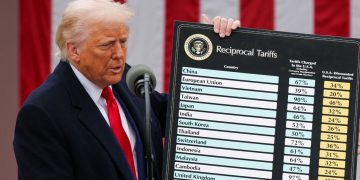New Delhi: With an aim to enhance user experience, Google Maps Wednesday brought back the ‘Street View’ experience to the country that will help people navigate and explore places more visually and accurately.
The Indian government had suspended the ‘Street View’ service more than a decade ago for allegedly failing to secure required security clearances.
Google said Street View APIs will also be available to local developers enabling them to deliver richer mapping experiences in their services. It also mentioned that the company has launched this new feature in partnership with Genesys International, an advanced mapping solutions company, and Tech Mahindra.
“We believe the launch of Street View in India will be instrumental in delivering a more helpful user experience, from virtually visiting locations to getting a better sense of local businesses and establishments,” Miriam Karthika Daniel, VP – Google Maps Experiences, said in a statement.
“This launch has been made possible only through collaborations with our local partners Tech Mahindra and Genesys International,” Daniel added.
The company said that Street View will be available on Google Maps with fresh imagery licensed from local partners covering over 150,000 kilometers across ten cities in India, including Bengaluru, Chennai, Delhi, Mumbai, Hyderabad, Pune, Nashik, Vadodara, Ahmednagar, and Amritsar.
Google, Genesys International, and Tech Mahindra plan to expand this feature to more than 50 cities by the end of 2022.
Supporting the efforts of local traffic authorities to promote safe driving, Google Maps will now show speed limits data shared by the traffic authorities, starting with Bengaluru.
The tech giant also announced its partnership with Bengaluru traffic police as part of its efforts toward delivering models that better optimize traffic light timings. This is helping the local traffic authority manage road congestion at key intersections, and will eventually scale across the city.
Google said it will further expand this to Kolkata and Hyderabad in partnership with local traffic authorities.
IANS






































